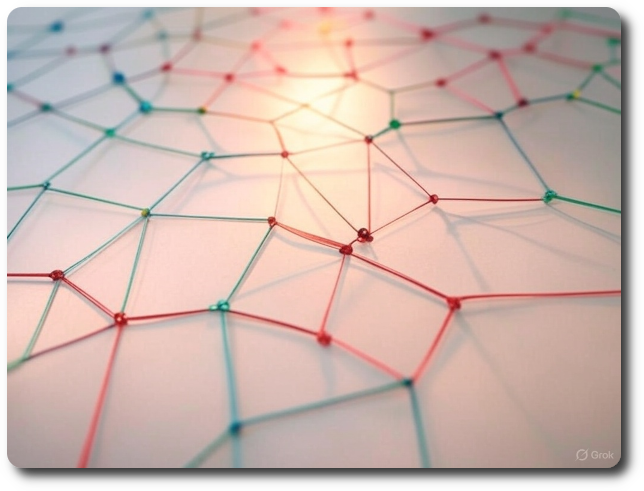System Dynamics and Causal Loop Diagrams 101
Connecting the dots...
The post “System Dynamics and Causal Loop Diagrams 101” remains here as a place holder for the links that expect it to be here. The content has been moved to The Remnant’s Way where it will continue to be updated and expanded to keep current with my thinking on system dynamics and causal loop diagrams.
The updated (and better!) version can be found here:
Image Credit: Gork 3



